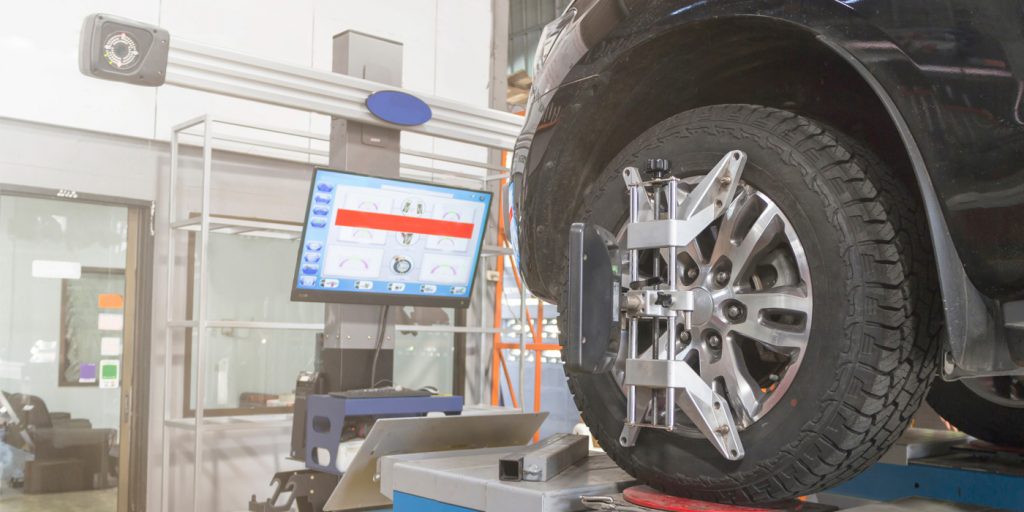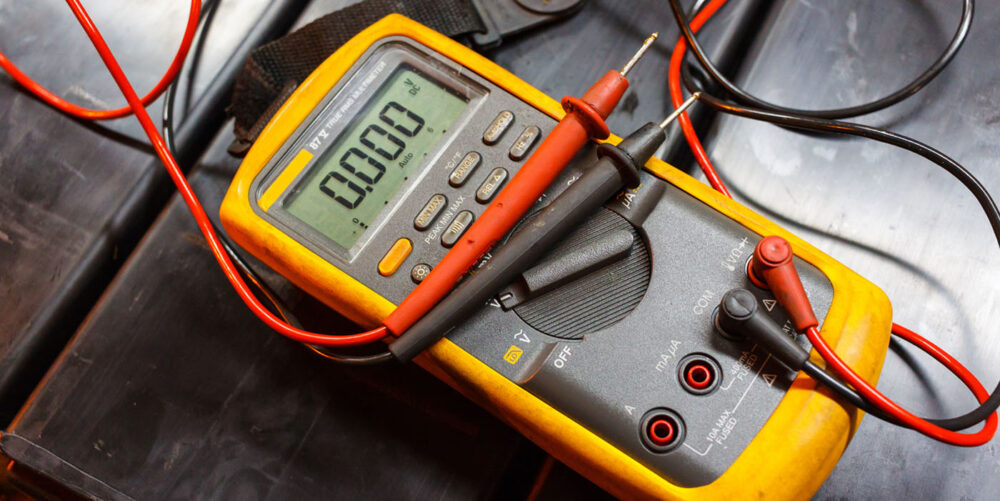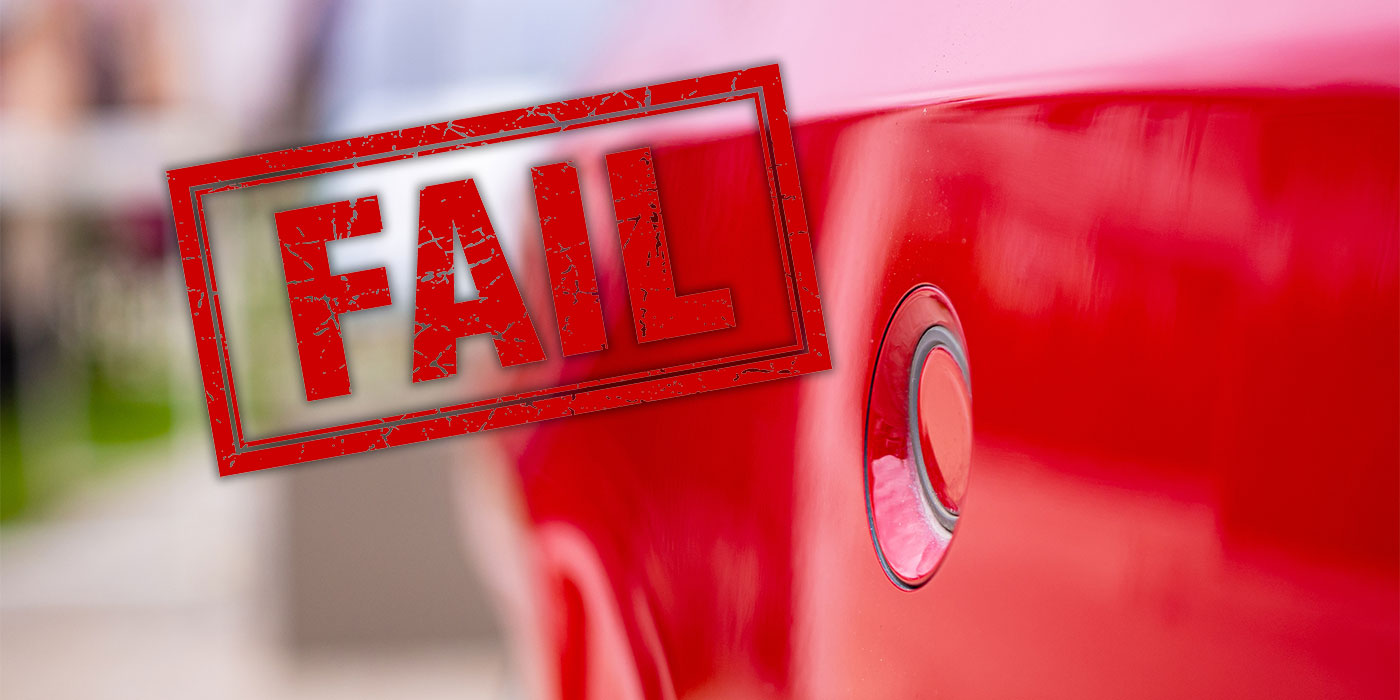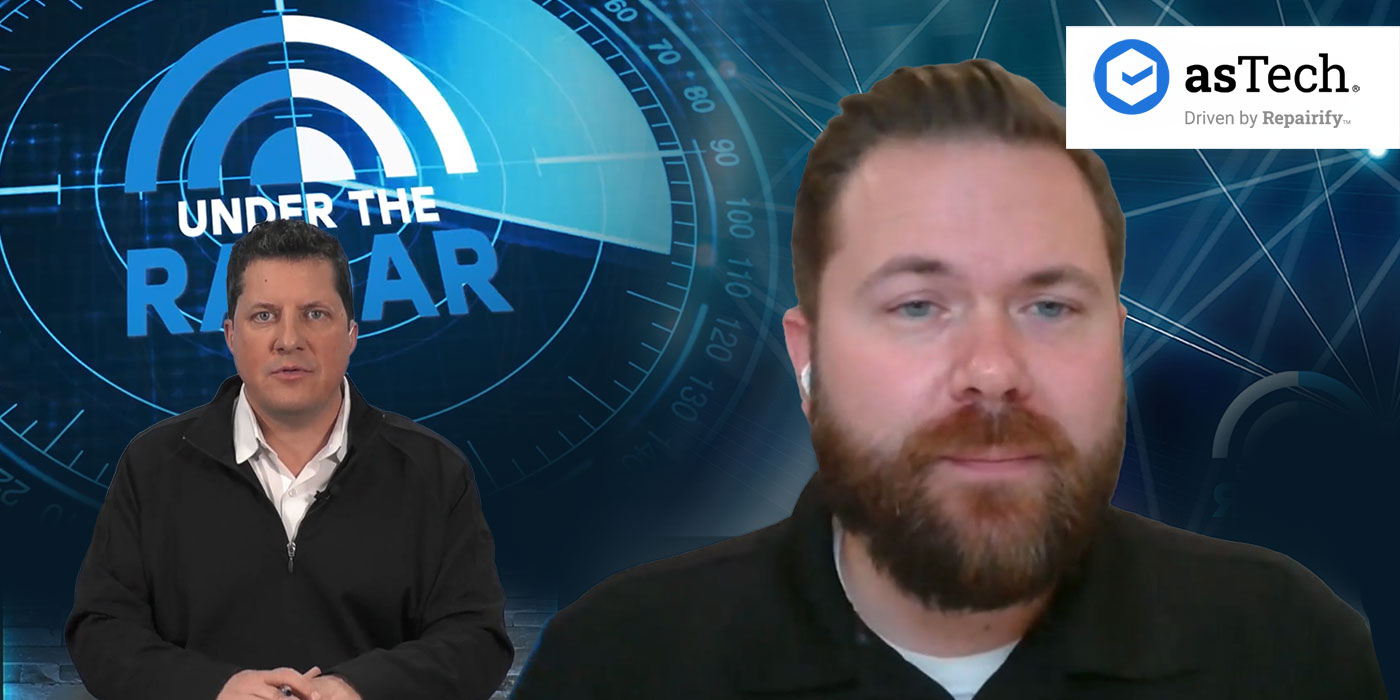Welcome to the world of pandemic economics. The auto repair industry is seeing tremendous changes occurring that nobody could have seen happening. Many in our industry have seen business virtually disappear in some areas. If your shop has maintained its business or stayed steady during the crisis, be thankful as many have been hit hard.
I am optimistic that all will return to a “somewhat normal.” I believe the new normal may be slightly different from what was considered normal just a month ago. We are being inundated with predictions, many of which are not very encouraging for our industry. Many shops have reduced staff. Some have temporarily closed their shops for lack of business or safety. Once the quarantine lifts and we start moving around, will you be ready?
The question brings to focus many things. If you have reduced staff and business comes back, will your employees return or will you have to assemble that team again? So many articles could be written on those thoughts alone. What about how you run your business? How will you make up for lost income? Will you agree to pricing and labor as you did before? Will you accept the argument of reducing severity versus staying in business? What if a disruption happens again? Will you be better prepared? All these things are being thought about over and over every day by many shop owners and managers. Employees are also thinking of these issues, too. All of these issues will be thought about and discussed for months, if not years, to come.
Preparing for an Upturn
What can you do now to prepare for when the economy turns back on? Change is always hard, especially when a shop is busy and time is hard to find. In this time of even more forced change in our lives, I would think establishing and improving procedures, something that might have been put off because of lack of time in the past, is one idea to prepare your shop for what is to come.
Keeping a positive state of mind is tough. You need to keep your mind off all the doom and gloom being piled on all of us. Now is the time to take your shop and your team and prepare to come out of the quarantine a little leaner and meaner in your operations. If the time is there, learn or even train on what will be needed to be competitive in tomorrow’s world.
Electronic Procedures
As electronic procedures become more and more involved in all repairs, taking the time to learn how, what and why all these systems work and how to improve the process of repairing vehicles can be done with very little expense. Taking the time to do some research and learn how to apply processes can be very productive for yourself or your shop.
A serious question that needs to be asked in the repair industry is, “What percentage of vehicles leave shops missing electronic procedures?” It is not on purpose, but many times procedures are missed that should have been done: seat recalibrations, camera and sensor calibrations and even test drives to validate that all systems are operational. Looking up information can be difficult and time-consuming. How can you improve your shop’s percentage rate?
Learn what you’re working with. You may know what the systems are, but do you know how they work? Does everyone in the shop know how they work? It is important that everyone have an understanding of how the systems work. From the estimator to the person who does the test drive, everyone should be able to recognize if the systems are operational. Keep in mind there will be no light on the dash or DTC to tell you there is a problem.
Learn and practice looking up necessary procedures. It is important to know and plan for what needs to be done before repairs are started. This will reduce glitches that throw off cycle time and delay vehicle delivery. Practice looking up procedures on ALLDATA, the I-CAR RTS website and estimating systems. Download position statements. Create files for easy access to information. Place links to websites such as OEM1Stop or Identifix on computers to quickly access information.
Research equipment requirements. Do you have or does the company you’re using have the proper equipment? If you have an OE certification, do you have the proper software being used on every vehicle you’re certified to repair?
Research what is needed for the environment required to do procedures: space, level floor, lighting, etc. Decide if you have a dedicated space where procedures can be done. If not, find out what is the best option. Outside in the parking lot is not one of those options.
Is your equipment updated? Vehicle procedures change continuously. Having updates is critical to doing the job correctly.
Train people on how to use scan tools and software. Practice accessing vehicle systems.
Take some online classes. Access tool manufacturer websites and see what they offer to improve your skills.
I am not going to say the blanket statement, “Everyone is slow due to the quarantine.” If you are, it is a good time to look at what is new in vehicles. If your shop is still running full tilt, it’s still a good idea to implement some of these suggestions, if they’re not already part of your daily life.
Industrywide Impact
If you sublet out work to dealerships or other companies, keep in touch with them and know your vendors’ situations. When work comes back to our industry, they too will be trying to do the same things you’re trying to do. All aspects of our industry have been seriously impacted. They too have reduced staff and their suppliers have, too. This is occurring all the way down the supply and manufacturing chain. Parts, materials and PPE equipment will be affected for a while. Even the supply of vehicles will be affected as plants have shut down to manufacture medical equipment. A good question is, “Where will the economy be?” We may have to be up front with customers that repair times and delivery times could be seriously impacted by all of the industry changes. Anything you order could be a problem until it is in your hand.
With this being said, our world will be changed. I believe that we will be leaning on companies such as LKQ to supplement parts supply issues. The automotive supply machine is a big engine to start. It will be a slow start, as trucking and other aspects of supply will be changed or preoccupied, too. Parts manufacturers and distributors to the automotive industry will be dealing with employees and stock problems in their own businesses. We may have to get a little creative to get vehicles back on the road. This is where I am proud of the auto body repair industry. We as a community have always been creative and ingenious about adversities that affect us. I’m amazed at the creativity that abounds. I’ve seen companies incorporate CNC machines and 3D printers into their business. I’ve also seen shops and associations band together to help each other.
I know this industry will get through this. I know we will all be a lot wiser and maybe a little stronger in standing up and doing the right thing for our technicians and our industry. Our world is changed forever, no doubt. Make the best of it! BSB
Mitch Becker has been a collision industry trainer for 30 years. He can be reached at (612) 865-6229 or [email protected].














